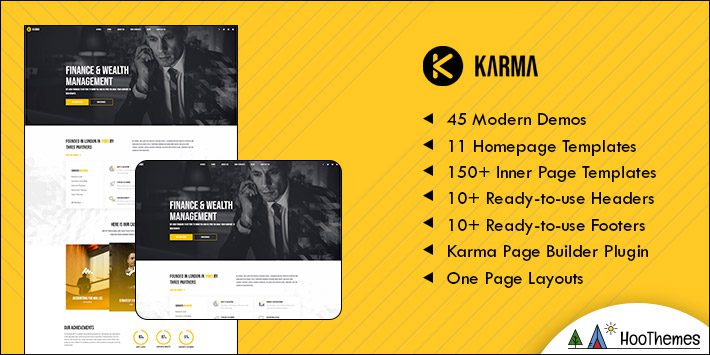
- Ebor page builder custom block how to#
- Ebor page builder custom block install#
- Ebor page builder custom block pro#
- Ebor page builder custom block code#
- Ebor page builder custom block download#
We’ll focus on three of the most popular WordPress page builders:īefore we dive into the specifics of each, it’s important to understand what a page builder can & cannot do.
Ebor page builder custom block how to#
In this comprehensive guide, we’ll answer all of those questions, as well as walk you through exactly how to use specific page builders to best design your LearnDash courses.
Ebor page builder custom block pro#

The classic editor will be enabled.Ĭheck the Disable check box to disable Gutenberg editor.Įenable/disable the Gutenberg editor on Posts and Pages in WordPress Global Option: enable/disable Gutenberg editor globallyįrom here you can disable Gutenberg editor on all your pages, posts and content types. Next, go to Settings and then click Gutenberg Manager on the Left Menu.įrom the settings tab, we have the Global Option, Standard Post Types, and Custom Post Types.

Ebor page builder custom block download#
You can download the installation files from its Plugin page.
Ebor page builder custom block install#
Step by Step: How to enable/disable Gutenberg editor in WordPressįirst, you need to install and activate the plugin. The easiest way would be using a WordPress plugin, We’ll use Gutenberg Manager WordPress plugin as an example in this guide. We do not want to get rid of Gutenberg editor entirely we want the freedom to enable and disable it where we want or even what block or blocks want from the Gutenberg editor itself. The obvious solution is to install the classic editor plugin altogether, but, this brings us to the question we asked earlier.
Ebor page builder custom block code#
Until the community fully updates and rewrites their code to become compatible with Gutenberg blocks, some plugins will fail to work. Granted Gutenberg editor provides a fantastic content creation experience using the default pages and posts, not the same can is said for custom post types created using plugins or page builders that had the classic editor in mind.ĭependence on plugins and page builders has taken root with the proliferation of the tools in the WordPress developer community. Suppose one wanted the flexibility to use Gutenberg editor and the classic editor where they wanted rather than one over the other? Though Gutenberg editor became the default editor, users who preferred the older way got the classic editor plugin to revert to the classic writing experience. Some love it and will go all in, while others will want to take stock and count the cost of shifting the status quo – these are the slow adopters. The problem is not everyone likes or wants change.īeside that people adapt to changes in varying degrees.

It was about time that we get to experience a new way of creating and publishing content with WordPress. The much-hyped WordPress editor – Gutenberg Editor – finally shipped as the default editor with WordPress 5.0.


 0 kommentar(er)
0 kommentar(er)
